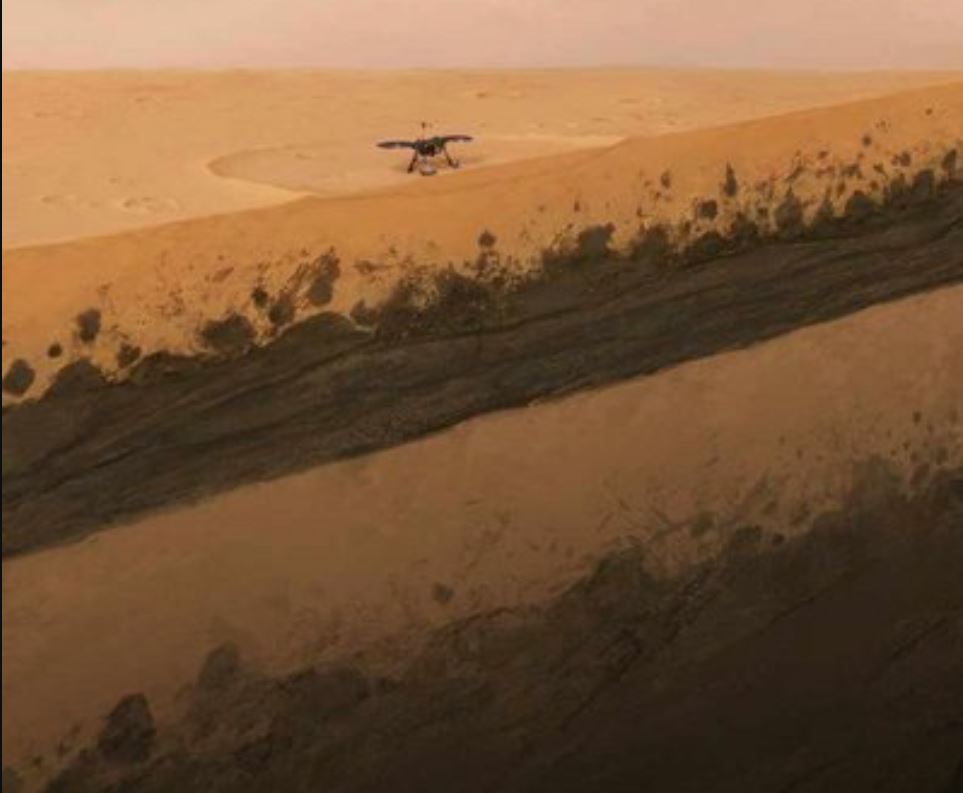
Orbital observations unveil the presence of an enormous mantle plume pushing the surface of Mars upward and driving intense volcanic and seismic activity. On Earth, shifting tectonic plates reshuffle the planet’s surface and make for a dynamic interior, so the absence of such processes on Mars led many to think of it as a dead planet, where not much happened in the past 3 billion years.
In the current issue of Nature Astronomy, scientists from the University of Arizona challenge current views of Martian geodynamic evolution with a report on the discover...
Read More







Recent Comments